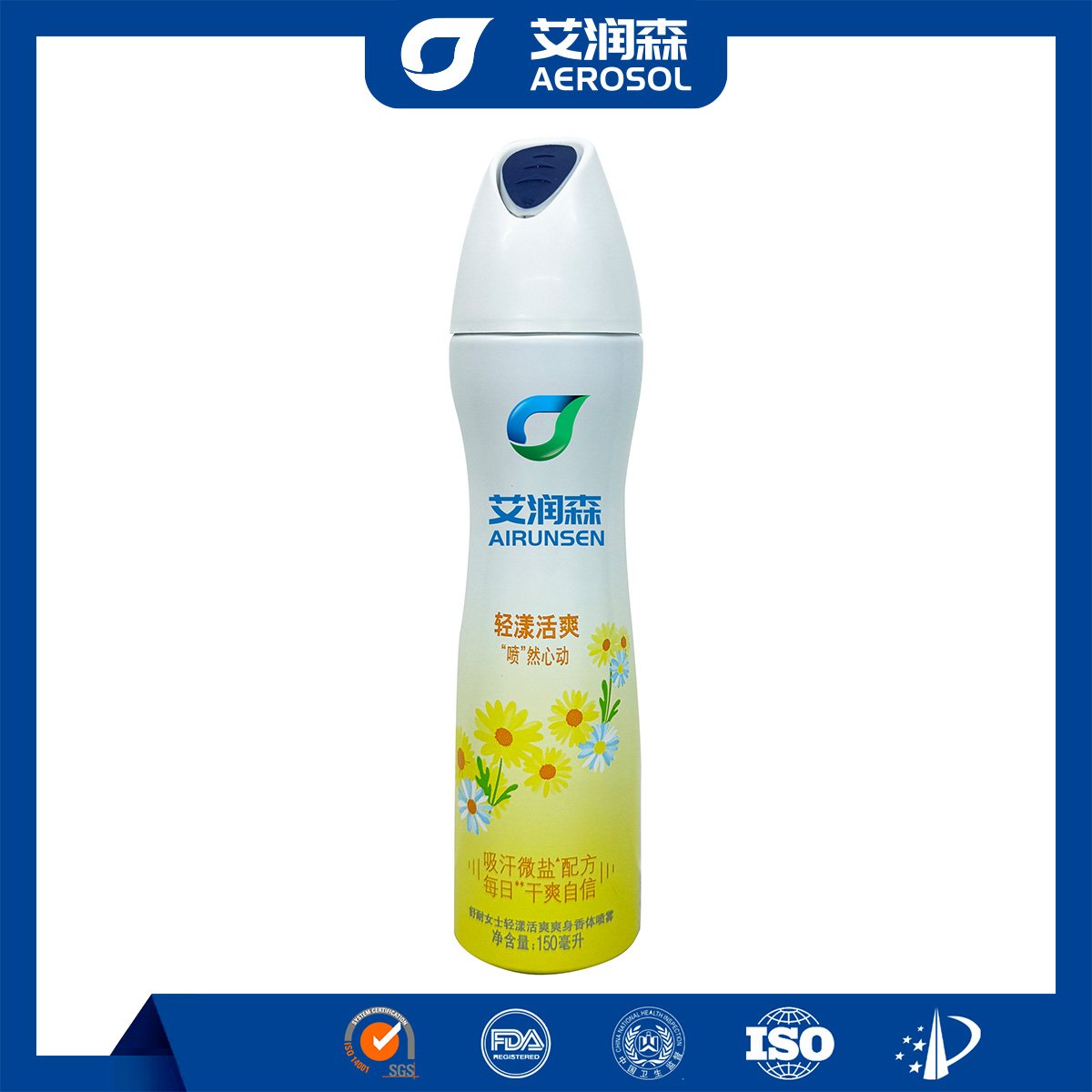1. Components
- Pigments:
- Pigments are the color – giving components. They can be inorganic or organic. Inorganic pigments like titanium dioxide are commonly used for white color and provide good opacity and light – reflecting properties. Organic pigments offer a wide range of vibrant colors. For example, phthalocyanine blue is used to create a vivid blue shade. The pigments determine the color and hiding power of the self – spraying paint.
- Resins:
- The resins act as a binder that holds the pigments together and adheres the paint to the surface. Alkyd resins are often used in some self – spraying paints. They provide good adhesion and durability. Acrylic resins are also popular as they dry quickly and form a hard, flexible film that can withstand different environmental conditions. The resin content affects the hardness and flexibility of the paint film.
- Solvents:
- Solvents are used to dissolve the resins and pigments, making the paint fluid enough to be sprayed. Hydrocarbon solvents such as mineral spirits are typical. They evaporate during the drying process. The solvents also help in the atomization of the paint when it’s sprayed, ensuring an even distribution of the paint particles. In addition, some self – spraying paints may contain aerosol propellants like propane – butane mixtures, which help to expel the paint from the can.
2. Efficacy
- Coloring:
- The most obvious function is to change or enhance the color of an object. It can cover up old, faded colors or give a new look to a plain – colored surface. For example, you can use self – spraying paint to change the color of a metal garden chair from a dull brown to a bright red.
- Protection:
- Self – spraying paint forms a protective layer on the surface. This layer can protect the underlying material from corrosion, rust (in the case of metal surfaces), and weathering. For instance, on a metal fence, the paint layer can prevent the metal from being exposed to moisture and air, thus reducing the chance of rust formation.
- Decoration:
- It’s used for decorative purposes. You can create various patterns and designs. Some self – spraying paints have special finishes such as metallic, matte, or glossy. These finishes can add an aesthetic value to the object, like using a metallic – finish spray paint to give a car part a shiny, high – tech look.
3. Advantages
- Ease of Use:
- Self – spraying paint is very convenient to apply. It doesn’t require any special equipment like paintbrushes or rollers. The aerosol can design allows users to simply point and spray. This makes it accessible to both DIY enthusiasts and professionals for quick touch – ups or small – scale painting projects.
- Quick Drying:
- Most self – spraying paints dry relatively quickly. Depending on the formulation and environmental conditions, the paint can dry to the touch within minutes. This allows for multiple coats to be applied in a short period, speeding up the overall painting process. For example, in a home improvement project, you can quickly repaint a small wooden box and have it ready for use in a short time.
- Versatility:
- It can be used on a wide variety of surfaces. Self – spraying paint is suitable for metal, wood, plastic, ceramic, and even some fabric surfaces. This versatility makes it a go – to product for different projects, from repainting a metal toolbox to adding a design to a plastic planter.
4. Application Scenarios
- Home Decor and DIY Projects:
- In home improvement, it’s used to update the look of furniture. You can paint an old wooden table or a set of metal chairs. It’s also used for decorating small items like picture frames and vases. DIY enthusiasts use it to create custom – made signs or to add unique designs to household objects.
- Automotive and Vehicle Repair:
- For minor touch – ups on cars, motorcycles, and bicycles. It can cover up small scratches or chips in the paintwork. Some people also use it to customize the appearance of their vehicles, such as painting the wheels or adding racing stripes.
- Outdoor and Garden Use:
- Used to paint outdoor furniture, fences, and garden tools. It can protect these items from the elements and at the same time give them a fresh look. For example, a metal garden gate can be painted to match the color scheme of the house and protected from rust.















